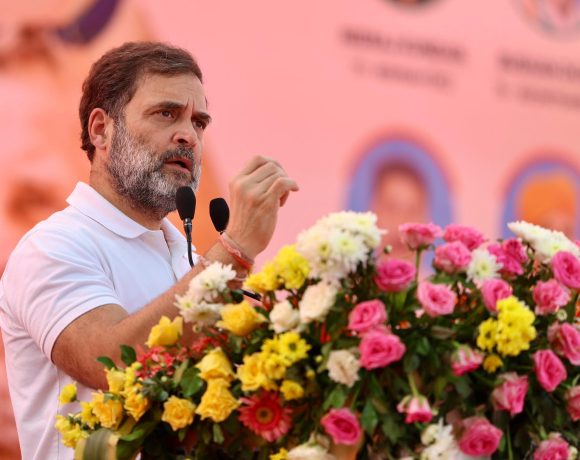
UPI Transactions Hit Record ₹24.77 Lakh Crore in March 2025
Unified Payments Interface (UPI) transactions in India soared to a record ₹24.77 lakh crore in March 2025, signaling the continued acceleration of digital payment adoption across the country. The surge represents a 12.7% jump from February and a strong 25% increase compared to March 2024.
Record UPI Growth in March
The volume of transactions also climbed significantly, reaching 18.3 billion in March — a 36% year-on-year rise. The average daily transaction value for the month stood at ₹79,903 crore, reflecting a 1.9% increase over the previous month. This growth indicates UPI’s expanding role in daily financial transactions, from peer-to-peer payments to retail purchases and business transactions.
Quarterly and Annual Trends
For the January to March quarter, UPI transactions totaled ₹70.2 lakh crore, marking a 24% increase over the same quarter last year. However, for the full financial year ending March 2025, the total transaction count reached 185 billion, falling short of the government’s ambitious target of 200 billion. Despite this shortfall in volume, the overall transaction value remained robust and exceeded expectations in terms of monetary growth.
Digital Economy Implications
The consistent rise in UPI usage underscores the platform’s central role in India’s digital economy. The National Payments Corporation of India (NPCI), which operates the UPI infrastructure, has been actively working on expanding the system’s reach and resilience. Efforts include integrating artificial intelligence tools to enhance user safety and detect fraudulent activities in real time.
UPI’s upward trajectory continues to reflect the confidence of consumers and businesses in India’s digital infrastructure. With increasing participation from rural regions and smaller merchants, the ecosystem is broadening beyond urban centers, pointing to a more inclusive digital economy.
As India continues to scale its digital payment landscape, the latest UPI performance reinforces its position as the backbone of the country’s fintech transformation.


















